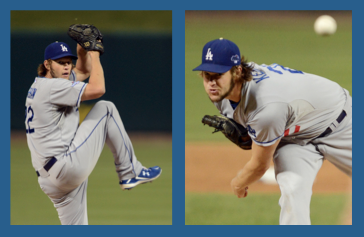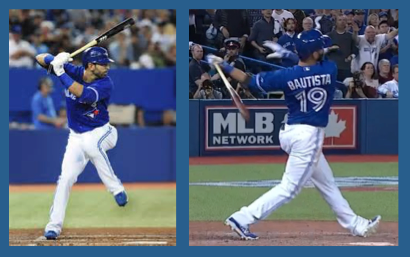FYI: Important email coming today for subscribers! If not a subscriber, use the Subscribe box on the right column seen on every page.
There are certain movements in the game that are transferable. By that I mean similar body movements are done by all baseball players. If you want to quicken the pace of a young player’s development, focus a lot of attention on those core movements that are valuable in multiple areas of the game.
One of those core movements is “reversing the shoulders.” All hitters and throwers, especially pitchers, have to learn to rotate in order to get the most out of their bodies. “Reversing the shoulders” helps a player do that.
Take a pitcher first. Before throwing, a pitcher points his lead shoulder (glove side) at the target (home plate). His back shoulder faces in the opposite direction (second base). After the pitch, the shoulders reverse. The back shoulder is now facing home plate and the glove side shoulder is now directed at second base.

The same principle goes with hitting. On the stride, the front shoulder and back shoulder are facing in opposite directions. After the swing, the shoulders have reversed their locations.

This may sound like a simple concept but if you watch throwers and hitters, most do not do this basic movement of the game and therefore rarely get the most out of their bodies. If corrected, you usually see swift improvements in throwing accuracy, arm speed, and velocity for throwers and bat speed, power, and aggressiveness in hitters.

